Launching an ethical fashion brand is as ambitious as it is meaningful. With consumers increasingly sensitive to environmental and social issues, the world of sustainable fashion offers real opportunities for visionary entrepreneurs.
Collective awareness, new European regulations and the emergence of a committed generation are profoundly changing purchasing behavior. But transforming an idea into a viable business requires more than just good intentions. It requires a clear strategy, the right tools and, above all, a realistic roadmap.
But how do you get started? What are the first steps in creating a responsible clothing brand that combines style, commitment and economic viability? This comprehensive guide offers you a clear roadmap for laying solid foundations and building a project aligned with your values.
1. Rethink your manufacturing model right from the design stage
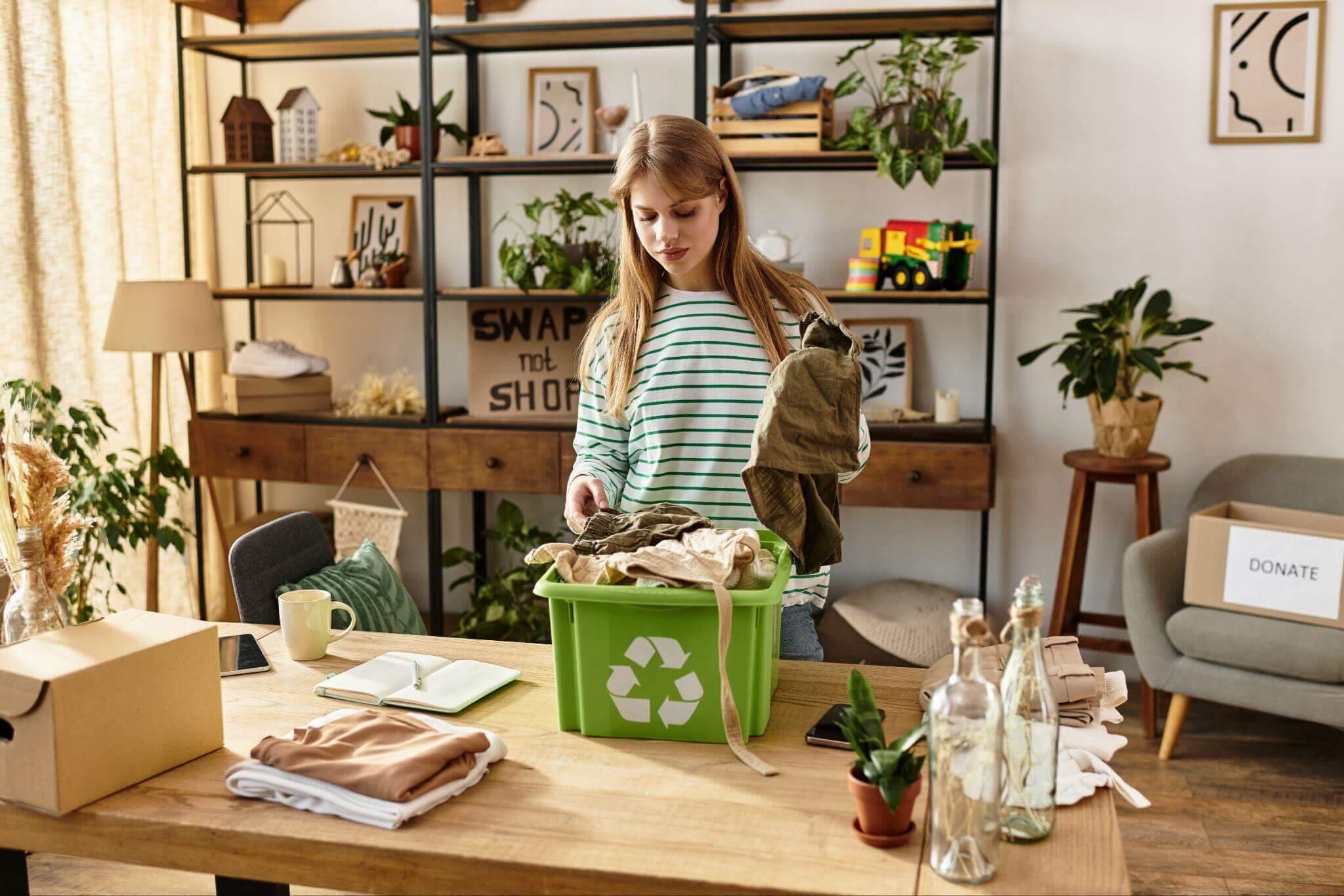
Rather than adding a “green” dimension to an existing process, an ethical fashion brand needs to think through its production model right from the start. This means integrating eco-design at the heart of product development: limiting unnecessary steps, favoring short circuits and reducing waste right from the design phase.
It also means working with workshops that share your values in terms of working conditions and transparency. Integrating low-impact processes, automating traceability and opting for optimized cutting or assembly methods are all concrete ways of reducing the environmental footprint of your collection.
2. Select virtuous raw materials

The choice of raw materials is as much a strategic act as an ethical one. In addition to their origin, their impact on the product’s entire life cycle must be assessed. Water-efficient natural fibers, recycled materials or textile innovations based on plant waste (such as Piñatex or grape leather) are today credible options.
Remember to check certifications (GOTS, OCS, GRS) to guarantee origin and processing practices.
Examples of recommended materials:
- Organic cotton: grown without GMOs or pesticides, with reduced water consumption.
- Tencel™ (or Lyocell): fiber produced from wood pulp from sustainably managed forests, in a closed circuit.
- Hemp: a very hardy plant that grows without fertilizer or excessive irrigation, with excellent yields.
- Recycled wool: avoids the production of new fibers and allows textile scraps to be reused.
- Piñatex: innovative material made from pineapple fibers, a plant-based alternative to leather.
- Seaqual®: textiles made from plastic waste collected from the oceans.
These materials combine performance, commitment and originality – all assets to help your brand stand out in the marketplace.
You can also opt for upcycled or dormant fabrics, allowing you to create without producing new material.
3. Localize manufacturing for greater transparency
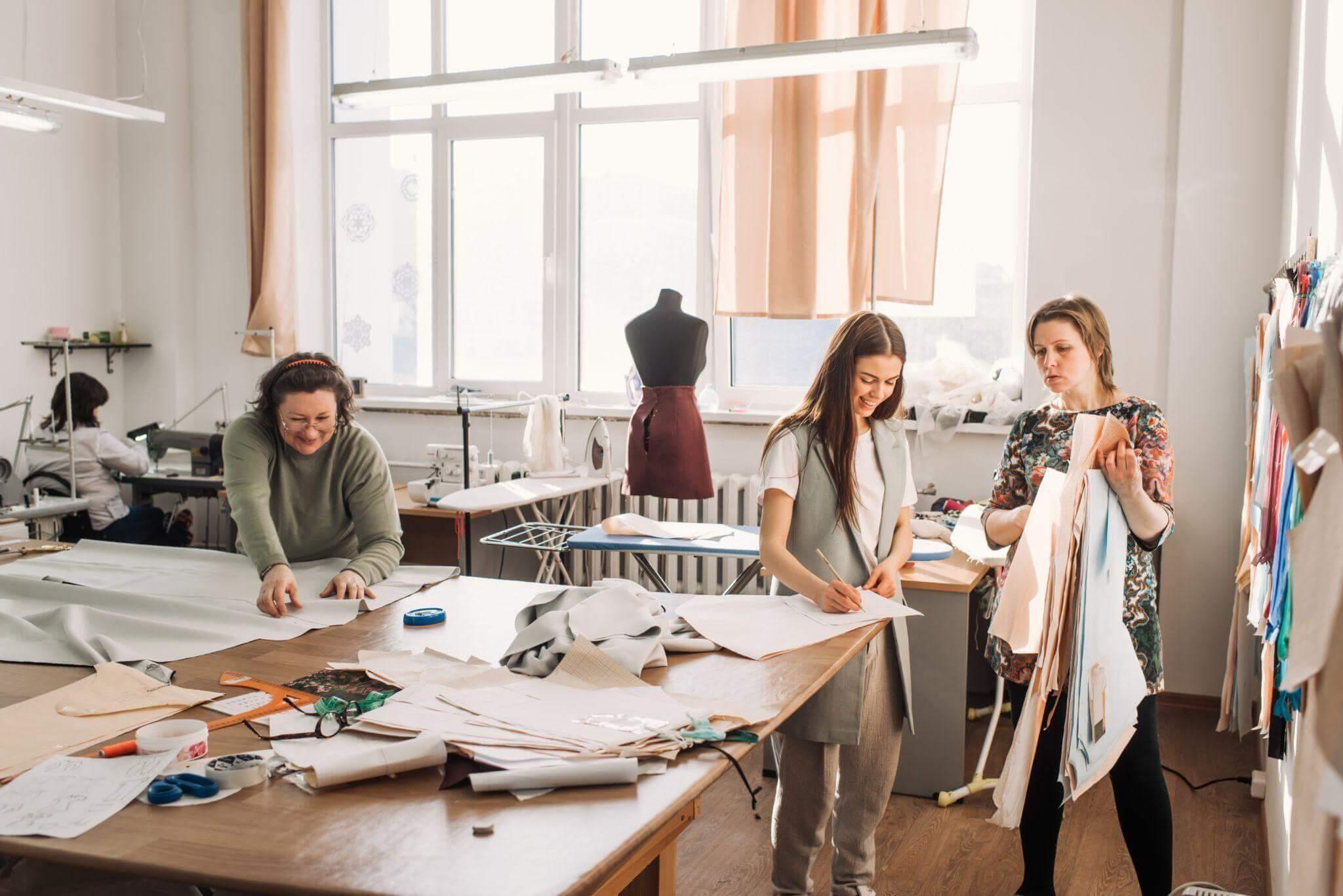
Producing locally or in short circuits is not just an ethical choice: it’s also a logistical, marketing and strategic advantage. It allows us to closely monitor production conditions, visit workshops, build lasting relationships of trust with suppliers and shorten lead times.
By working with workshops based in France or Europe, you also enhance the value of traditional know-how, while reducing the carbon footprint associated with transport. It’s an approach that’s winning over more and more consumers in their quest for traceability and authenticity.
An inspiring example: the 1083 brand, based in Romans-sur-Isère, has chosen to produce its jeans 100% in France. It promotes short circuits, relocates lost textile know-how, and manages to combine ethics, local employment and profitability. Another example is Les Récupérables, which manufactures from fabrics recycled in social integration workshops in France.
4. Obtain responsible fashion brand labels and certifications
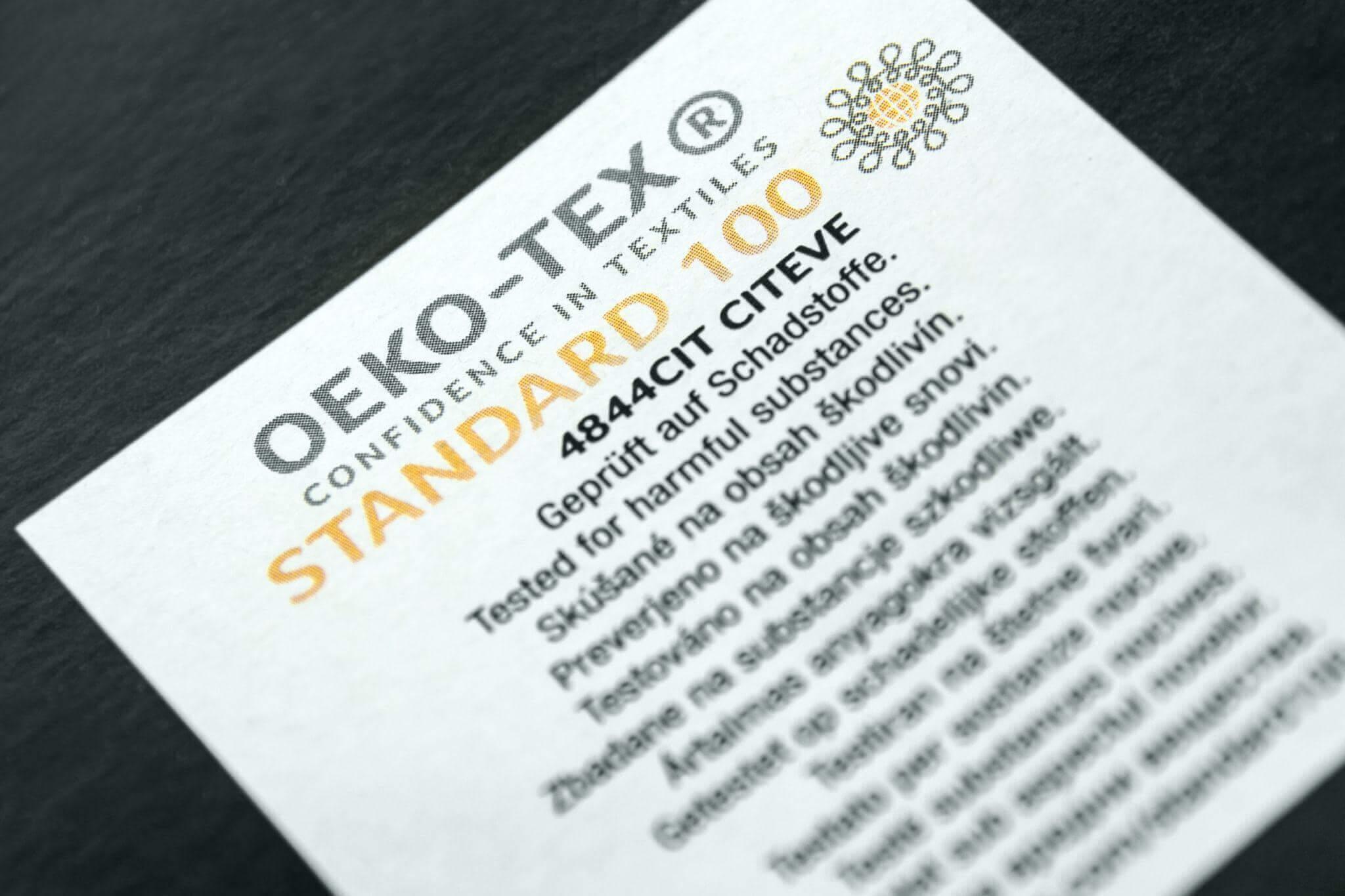
Certifications play an essential role in the credibility of your ethical approach. They help structure your value chain and build trust with your customers. Here are the main labels you need to know about:
- GOTS (Global Organic Textile Standard): international standard guaranteeing compliance with ecological and social criteria from manufacturing to final production.
- European Ecolabel: official EU label assessing the environmental impact of products throughout their life cycle.
- Ecocert Textile: certification awarded to textiles that comply with ecological standards throughout their production.
- Oeko-Tex® Standard 100: guarantees that textiles are free from substances harmful to human health.
- Global Recycled Standard (GRS): certifies products made from recycled materials, with traceability.
Not all labels are created equal. Some do not take into account all stages of textile production. Study them carefully to choose those that truly reflect your commitments.
5. Measuring and reducing your carbon footprint
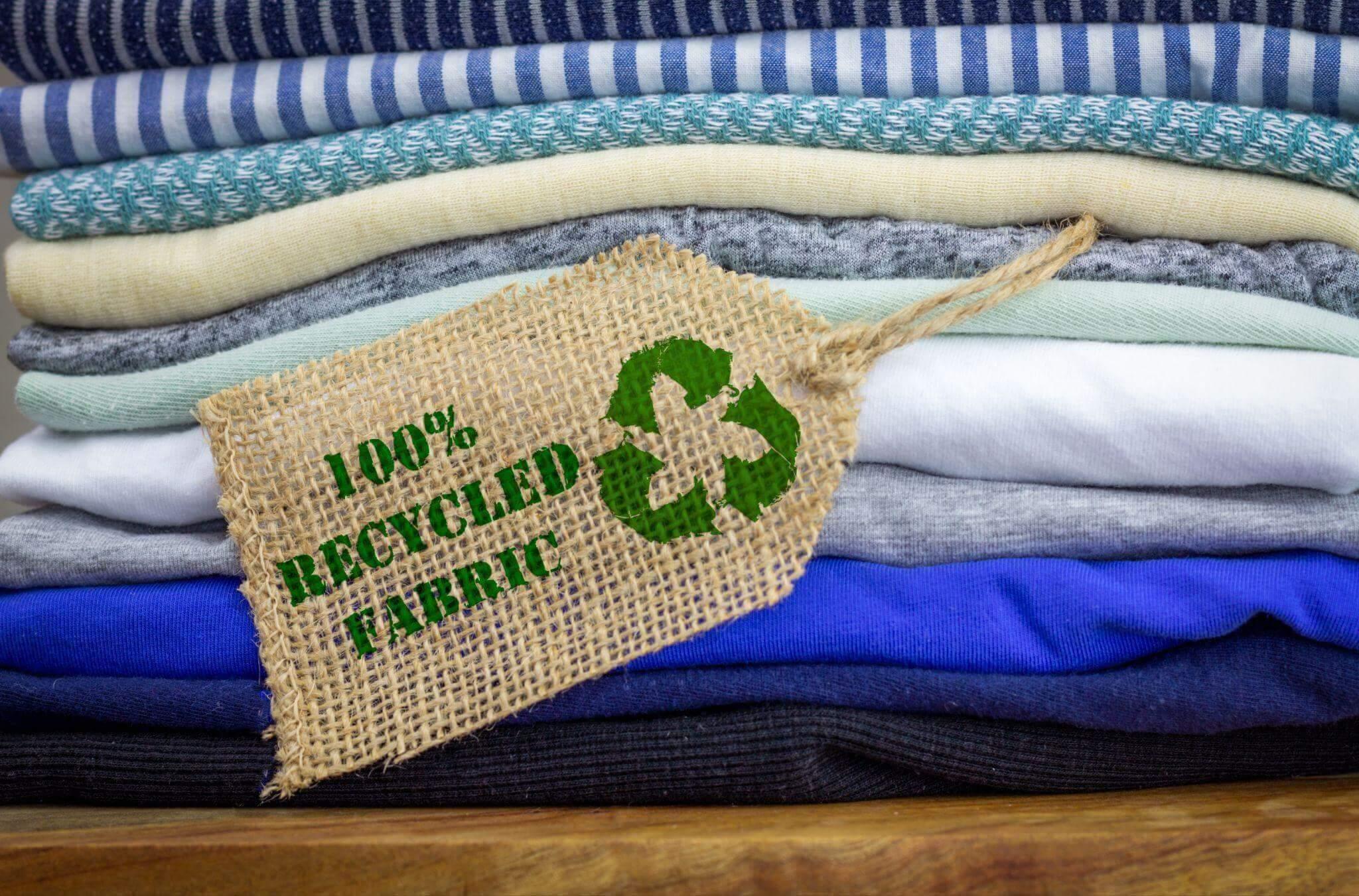
The first step in greening your business is to understand its impact. Carrying out a carbon audit will enable you to identify the main sources of pollution (transport, energy, materials, logistics) and implement concrete actions. It’s also a key element in making your approach measurable and credible in the eyes of the public.
Free or supported tools are available to help you in this process. Integrating emissions reduction targets can also be part of your growth plan.
Useful tools for getting started :
- ADEME – Bilans GES: a free French platform for carrying out your first carbon audit (https://bilans-ges.ademe.fr/).
- Carbonfact: a solution dedicated to fashion brands for analyzing the environmental impact of each product.
- Greenly: SaaS carbon accounting tool for small businesses.
- EcoImpact: environmental display solution developed for fashion and textiles.
- Carbon 4 Finance: for brands wishing to integrate a more in-depth analysis of their supply chain.
These tools will help you transform your environmental intentions into a structured, measurable action plan.
6. Implement transparent communication
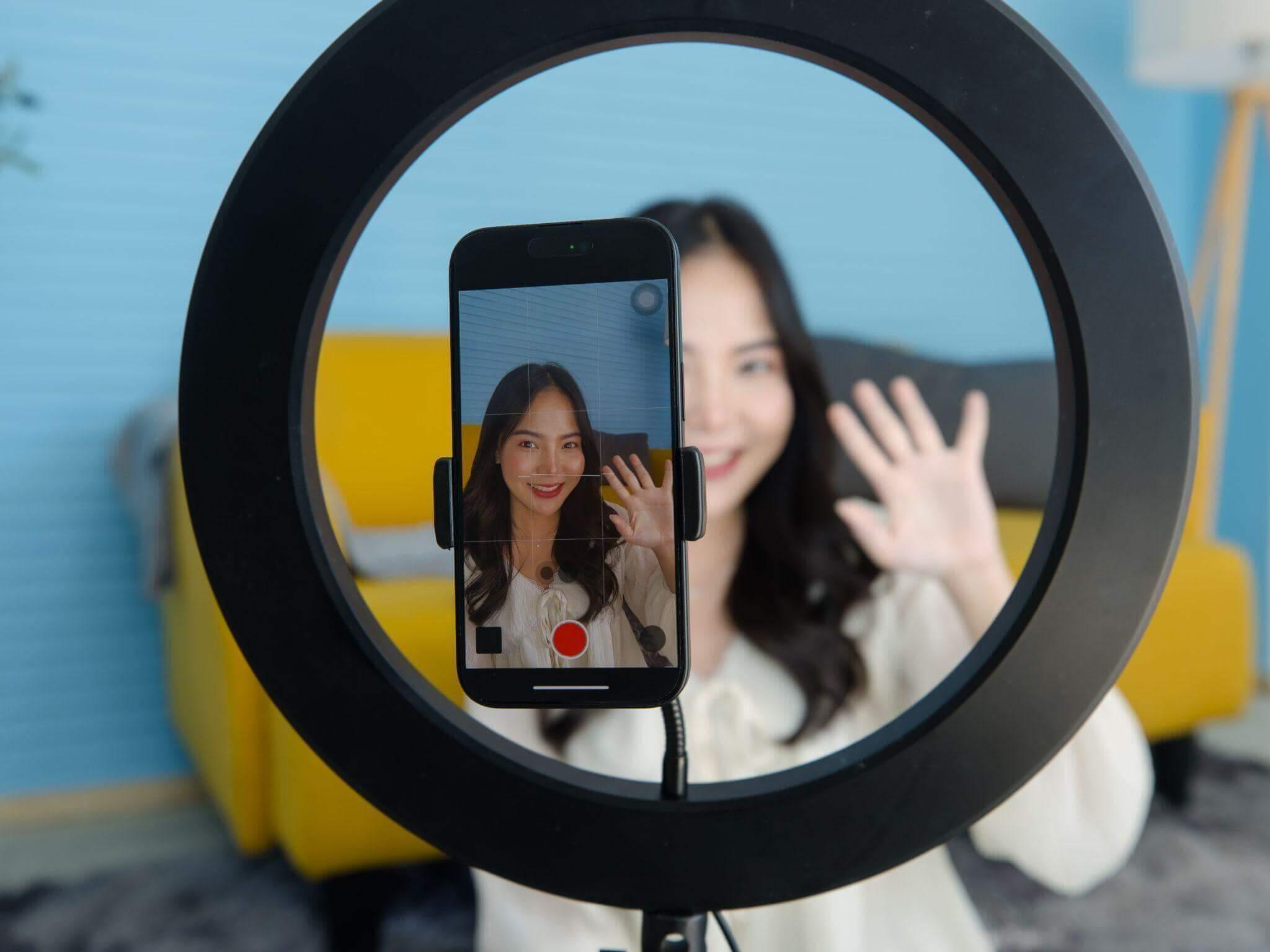
Brand image plays a fundamental role in the success of your project. Consumers expect brands to be clear, accessible and sincere. Tell your story, talk about your choices (materials, partners, costs), explain your commitments without resorting to greenwashing.
A word of advice: use a variety of formats (videos, behind-the-scenes footage, interviews with craftsmen, computer graphics) to make your communication lively and educational.
7. Creating a desirable and sustainable offer

Creating a committed brand isn’t enough if the product isn’t appealing. Style, fit, comfort and image count just as much as your CSR commitments. Consumers want to buy responsibly, but not at the expense of design or practicality. An ethical brand must therefore combine strong commitments with product desire.
Key data: In 2023, according to a McKinsey study, 70% of European consumers said they were sensitive to sustainable fashion, but only 18% of their purchases were actually from ethical brands. This shows that it’s not enough to be virtuous: your product must also seduce, inspire and make people dream. In other words, for ethics to be a purchasing lever, it must be accompanied by a genuine desire for the product.
This also means understanding current buying behavior: many people continue to buy fast fashion out of habit, price or convenience. So it’s essential to adapt your marketing message, and emphasize the concrete benefits: longevity, comfort, uniqueness, reduced impact. Work on your storytelling, relying on social proof (customer reviews, influencers, product tests) to convince people beyond the militant circle.
Here are the brands that have succeeded in combining ethics, design and practicality.
- Veja: over 3 million pairs sold by 2023, with a focus on transparency and sober design.
- Patagonia: over $1.5 billion in sales by 2022, with a pioneering environmental commitment.
- Loom: a French brand known for its refusal of promotions and high product standards.
8. Surround yourself with a committed ecosystem
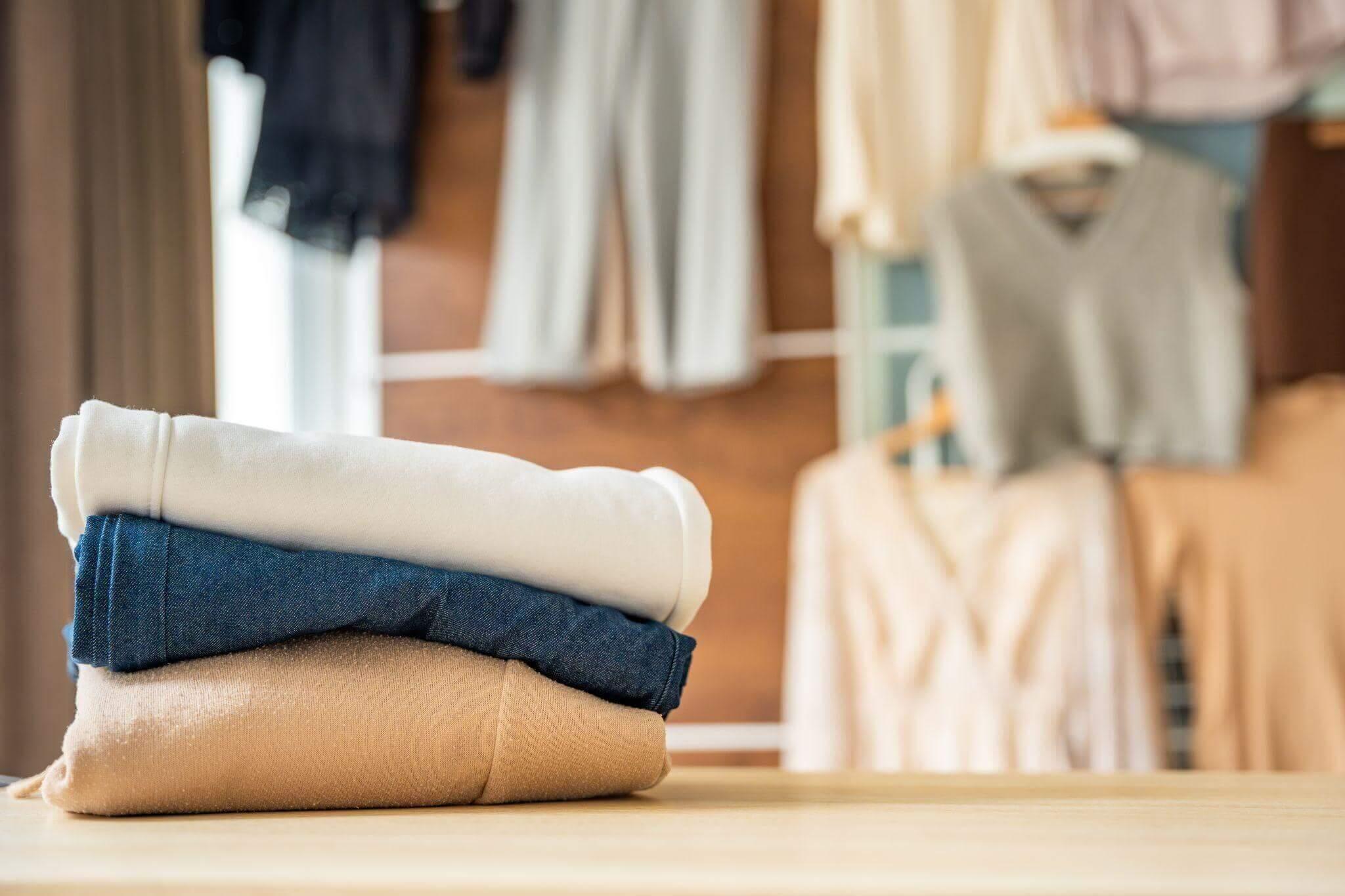
It’s possible to go it alone, but it’s more effective to surround yourself with others. Take part in trade shows (Impact, Neonyt, Made in France), join groups (Fashion Green Hub, En Mode Climat) and rely on tools designed for sustainable fashion professionals.
Conclusion
Creating a responsible clothing brand requires vision, courage and methodical organization. It’s not enough to have a great idea: you have to lay each brick with coherence, rigor and creativity.
This guide will get you started. It’s up to you to add your personality, your passion and your universe. And above all: don’t be alone. Tools like MicroStore, platforms like MyFashionWholesaler and solutions like NanoShop are here to help you save time, avoid pitfalls and build a lasting brand, in the broadest sense of the word.
Useful links :



